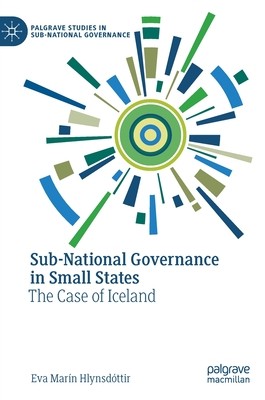
- We will send in 10–14 business days.
- Author: Eva MarÃn Hlynsdóttir
- Publisher: PALGRAVE PIVOT
- ISBN-10: 3030515516
- ISBN-13: 9783030515515
- Format: 14.8 x 21 x 1.1 cm, hardcover
- Language: English
- SAVE -10% with code: EXTRA
Reviews
Description
This book explores the development of subnational government in small states, using Iceland as a model and comparing it with small states of similar population size as well as those with larger populations. The book examines subnational government from the perspective of small state theory, providing a comprehensive overview of the basic data on subnational government for all small states with between 100,000 and 1 million inhabitants. It presents Iceland as a model for decentralization in small states, providing detailed information on the country's organization at the subnational level, and highlighting the advantages and disadvantages of decentralizing tasks from central to subnational government. Demonstrating the difference population size makes when it comes to successfully decentralizing tasks to subnational governments, this book is intended for scholars, students and practitioners alike.
EXTRA 10 % discount with code: EXTRA
The promotion ends in 18d.16:01:08
The discount code is valid when purchasing from 10 €. Discounts do not stack.
- Author: Eva MarÃn Hlynsdóttir
- Publisher: PALGRAVE PIVOT
- ISBN-10: 3030515516
- ISBN-13: 9783030515515
- Format: 14.8 x 21 x 1.1 cm, hardcover
- Language: English English
This book explores the development of subnational government in small states, using Iceland as a model and comparing it with small states of similar population size as well as those with larger populations. The book examines subnational government from the perspective of small state theory, providing a comprehensive overview of the basic data on subnational government for all small states with between 100,000 and 1 million inhabitants. It presents Iceland as a model for decentralization in small states, providing detailed information on the country's organization at the subnational level, and highlighting the advantages and disadvantages of decentralizing tasks from central to subnational government. Demonstrating the difference population size makes when it comes to successfully decentralizing tasks to subnational governments, this book is intended for scholars, students and practitioners alike.


Reviews